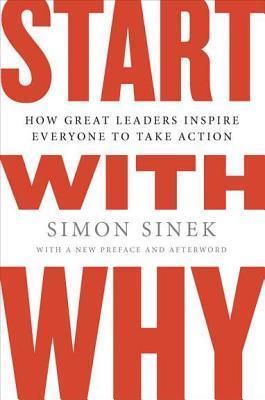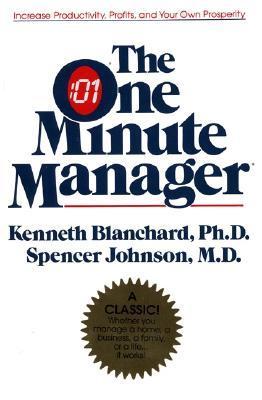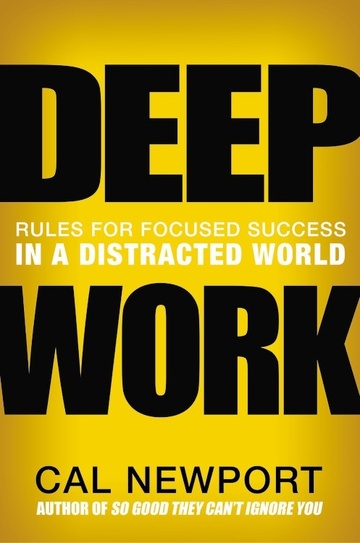Genre: Management | Self-help | Leadership
Length: 256 pages
Publish Date: First published October 29, 2009
What sets apart a successful business endeavour from a great one, and how can you evolve into the kind of leader that creates long-lasting success?
Simon Sinek, the author of “Start with Why”, believes that the answers to these queries lay more in the “Why” than in the what or how. This “Why” symbolises their core beliefs and goals and serves as the driving force behind their actions and decisions. Sinek’s book challenges readers to reevaluate their approach to leadership and provides guidance on how to communicate and articulate one’s “why” in order to gain more influence and success.
Through his thought-provoking and inspiring book Simon Sinek explores the concept of inspirational leadership and organisational success. Let’s dig a little deeper:
Key themes and concepts
The Golden Circle:
Sinek’s Golden Circle philosophy consists of three circles: ‘why’, ‘how’, and ‘what’. The fundamental goal of a successful leader comes first, then actions and outputs. Effective communication of their ‘why’ inspires action.
Trust and Authenticity:
Sinek highlights how important trust is to forging solid bonds with others and cultivating a devoted fan base. According to him, when people or organisations genuinely share their “why,” trust is built. This sincerity creates a connection and strikes a chord with those who have similar values and views.
Law of Diffusion of Innovation:
Sinek presents the idea of the Law of Diffusion, which states that ideas or movements that are successful follow a predictable pattern of acceptance. He says that in order to affect the majority, a small but devoted group of early adopters must first convince themselves of the “why” and be prepared to fight for it.
Importance of Clarity and Consistency:
Sinek emphasises the importance of consistency and clarity in explaining the “why” across the entire book. He contends that having a clear and consistent message makes it easier for people and organisations to draw in supporters who are like-minded, which cultivates a more devoted and cohesive following.
Challenges and Pitfalls:
Sinek agrees that companies may face difficulties if they lose sight of their “why.” He talks about situations like the “split,” in which managers and staff may have different opinions on the goal of the organisation. He also discusses the risk of concentrating too much on “what” without a compelling “why,” which can result in inertia or a lack of concentration.
Continuous Discovery of Why:
Sinek urges people and organisations to actively pursue the goal of learning or rediscovering their “why.” This entails considering one’s basic ideas and ideals and coordinating one’s behaviour with them.
Application of Concepts:
Sinek illustrates how effective leaders and organisations have used the concepts of starting with “why” to accomplish exceptional achievements throughout the book with examples and case studies from the real world, including the Wright brothers, Apple Inc., and Southwest Airlines.
Here are 3 core lessons from ‘Start With Why’:
- If you want to inspire others, always communicate your why first
In order to inspire people, Sinek highlights the value of effective communication and the necessity of emphasising the motivation behind activities in order to establish a stronger bond.
- Excited employees are the best resource for any business
According to Sinek, a company’s ability to attract and retain passionate, dedicated staff members is crucial to its success and helps to create an innovative, hard working culture.
- You don’t need sleazy sales tactics when you start with why
Sinek’s third lesson challenges the theory that deceptive sales techniques are necessary for commercial success, emphasising genuine communication of ‘why’ in order to draw in like-minded people.
In general, “Start with Why” asks readers to refocus their attention from “what” and “how” to the central question of “why.” The book makes the claim that this kind of perspective shift has the power to motivate action, foster trust, and result in increased fulfilment and success in both personal and professional endeavours.











